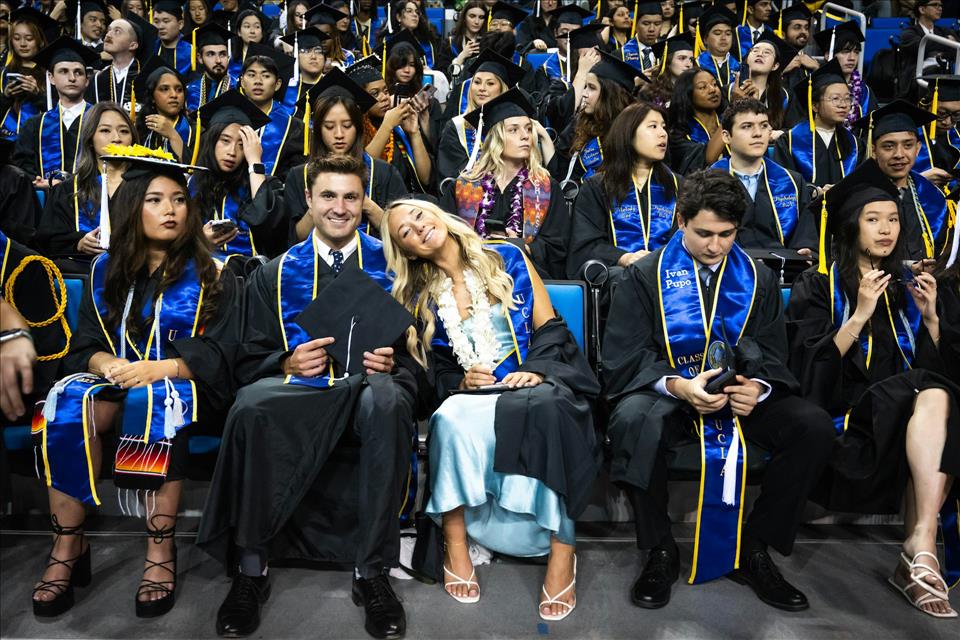
Trump-Era Tax Cuts Contributed To A Decline In Higher Ed Giving, With Fewer Americans Donating To Colleges And Universities
Individual donations, whether from graduates or people who didn't attend those colleges and universities, declined by 4% from US$44.3 billion in the 2017-2018 academic year to $42.6 billion two years later. That's what my colleague , Sungsil Lee, and I found when we examined a decade of data regarding charitable contributions to 660 colleges and universities and adjusted the totals for inflation.
We also found that the Trump-era tax reforms led to a 7% decline in the number of individual donors, after controlling for other factors such as enrollment size and tuition.
To estimate the impact of the tax changes, we analyzed data that the Council for Advancement and Support of Education, a nonprofit, collected in its annual Voluntary Support of Education Survey .
We analyzed data from 660 public and private colleges and universities from the 2010-2011 to the 2019-2020 academic years – 12-month periods that run from July 1 of a given year through June 30 of the next.
Because we reviewed complete records for the number of donors and the total amount of donations over the decade, we could observe what changes the tax policy reform may have spurred.
Why it mattersMany states have essentially frozen their spending on higher education since 2008 , while the cost of running colleges and universities has increased. As a result, public institutions rely more heavily on the money they get from tuition and donors than they used to. The declines in both the amount donated by individuals and the number of donors, however, fell more sharply for private institutions than for public ones.
Gifts from individuals, rather than organizations or companies, accounted for more than 40% of all the money donated in the 2020 academic year – with much of that money coming from very wealthy people. Most of the $21 billion from individuals donations came in very large sums.
The Trump tax reforms , by sharply increasing the standard deduction, led millions of taxpayers to stop itemizing their tax returns. That means far fewer Americans are deducting charitable donations from their taxable income today.
While more than 43% of all taxpayers with an adjusted gross income between $50,000 and $100,000 filed itemized tax returns for their 2017 earnings , less than 14% itemized in 2018, according to the IRS.
Those who no longer itemize have lost a tax break , and for them, every dollar they give to higher ed or any charity has become more expensive.
Although approximately 60% of donations to colleges came from foundations and other philanthropic organizations, these donations are highly concentrated and primarily benefit a few dozen prominent universities. The decline of individual donations can be a particularly big problem for small colleges, we found.
To be sure, other factors, such as economic trends and the stock market's performance , can influence giving too.
What's nextWe are now researching how colleges and universities are responding to the tax changes and whether their fundraising initiatives and promotional efforts are persuading more individual donors to give – even if they no longer can take advantage of the charitable tax deduction.
The Research Brief is a short take about interesting academic work.

Legal Disclaimer:
MENAFN provides the
information “as is” without warranty of any kind. We do not accept
any responsibility or liability for the accuracy, content, images,
videos, licenses, completeness, legality, or reliability of the information
contained in this article. If you have any complaints or copyright
issues related to this article, kindly contact the provider above.

















Comments
No comment